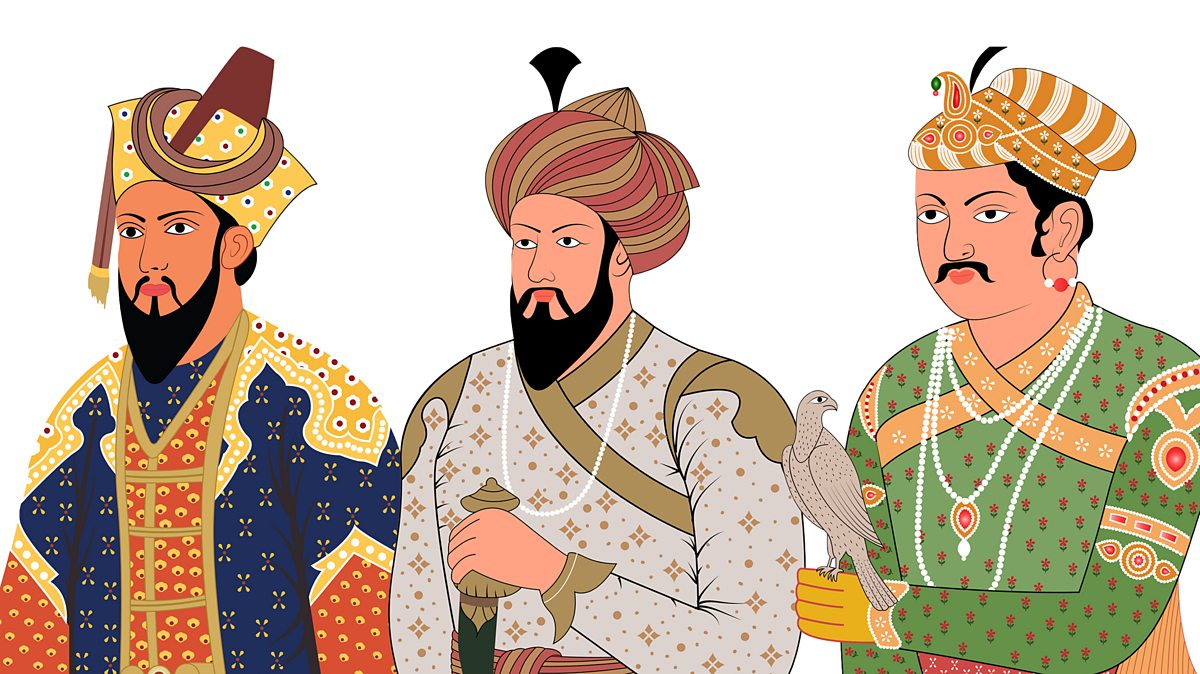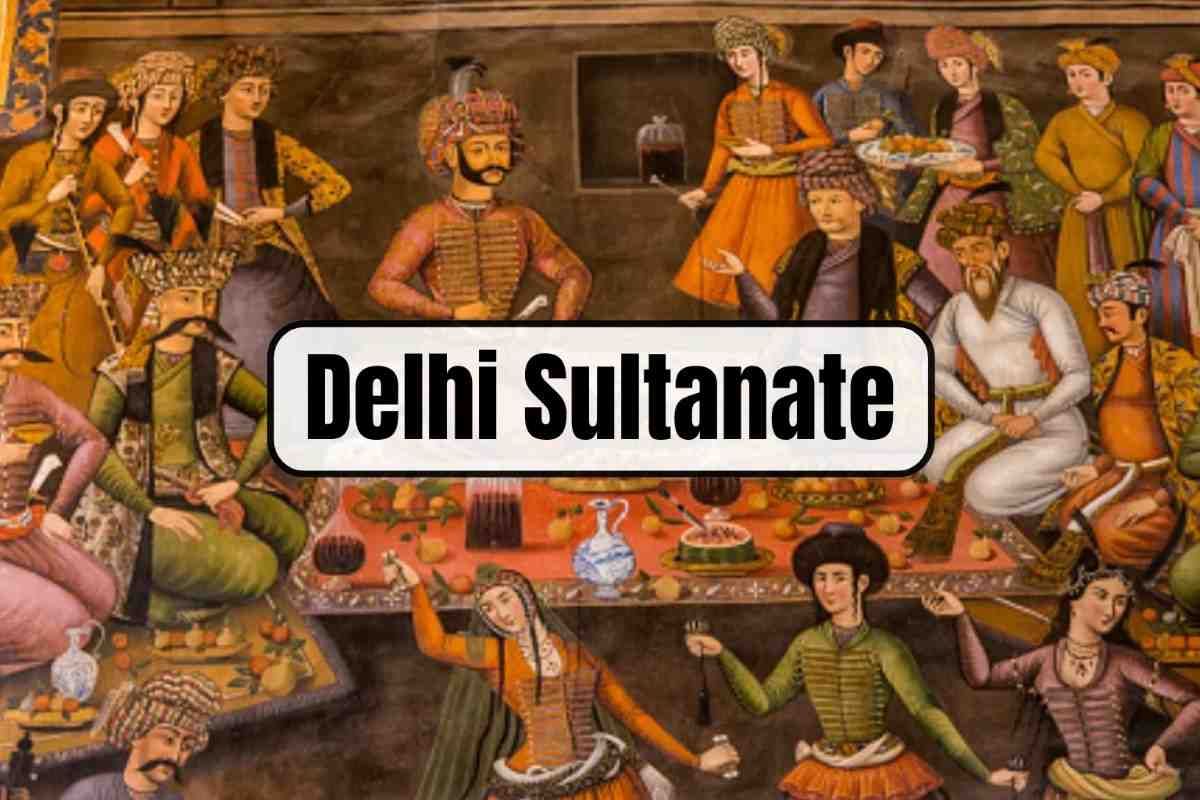Font size:
Print
Pradhan Mantri Awas Yojana-Urban 2.0
Context:
The Union Cabinet, chaired by the Hon’ble Prime Minister, approved Pradhan Mantri Awas Yojana-Urban (PMAY-U) 2.0.
More on the news:
- The scheme will offer financial assistance to 1 crore urban poor and middle-class families.
- Support will be offered through States, Union Territories (UTs), and Public Lending Institutions (PLIs).
- The assistance is aimed at helping families construct, purchase, or rent affordable housing in urban areas.
- The scheme will be carried out over a 5-year period, with a total government allocation of ₹2.30 lakh crore.
 About PMAY-U 2.0:
About PMAY-U 2.0:
- This program is a major flagship initiative by the Government of India, aimed at providing all-weather pucca houses to all eligible beneficiaries in urban areas.
- Under the PMAY-U, 1.18 crore houses have been sanctioned, with over 85.5 lakh houses already constructed and delivered to beneficiaries.
- On June 10, 2024, the Union Cabinet approved assistance for an additional 3 crore rural and urban households to address the rising housing demand due to an increase in eligible families.
- PMAY-U 2.0 will address the housing needs of 1 crore families with an investment of ₹10 lakh crore, ensuring an improved quality of life for citizens.
- The corpus fund of the Credit Risk Guarantee Fund Trust (CRGFT) has been increased from ₹1,000 crore to ₹3,000 crore to offer credit risk guarantees on affordable housing loans for Economically Weaker Sections (EWS) and Low-Income Groups (LIG) through Banks, Housing Finance Companies (HFCs), and Primary Lending Institutions (PLIs).
- The management of the Credit Risk Guarantee Fund will be transferred from the National Housing Bank (NHB) to the National Credit Guarantee Company (NCGTC).
- The Credit Risk Guarantee Fund Scheme is being restructured, with modified guidelines to be issued by the Ministry of Housing & Urban Affairs (MoHUA).
PMAY-U 2.0 Eligibility Criteria:
- EWS households having an annual income of up to ₹3 lakh.
- LIG households having an annual income between ₹3 lakh and ₹6 lakh.
- MIG households having an annual income between ₹6 lakh and ₹9 lakh.
Coverage of the Scheme:
- All statutory towns listed in the Census 2011 and those notified thereafter are covered under PMAY-U 2.0.
- Towns in Notified Planning Areas are included under the scheme.
- Areas within Notified Planning/Development zones under the jurisdiction of Industrial Development Authorities, Special Area Development Authorities, Urban Development Authorities, or similar bodies established by State legislation with urban planning and regulatory functions are also covered.
PMAY-U 2.0 components:
- Beneficiary-Led Construction (BLC): Under this component, financial assistance will be provided to eligible families from the EWS category to construct new houses on their own available vacant land. For landless beneficiaries, States and Union Territories may provide land rights (pattas).
- Affordable Housing in Partnership (AHP): Under the Affordable Housing in Partnership (AHP) component, financial assistance will be provided to EWS beneficiaries to help them own houses constructed through various partnerships involving States, Union Territories, cities, and public or private agencies.
- Redeemable housing vouchers will be provided to beneficiaries purchasing homes from private projects. States, Union Territories, and Urban Local Bodies (ULBs) will whitelist private sector projects that meet all necessary norms.
- Additional Grant will be provided in the form of a Technology Innovation Grant (TIG) @₹1000 per sqm/unit to AHP Projects using innovative construction technologies.
- Affordable Rental Housing (ARH): This component aims to provide sufficient rental housing for working women, industrial workers, urban migrants, the homeless, destitute individuals, students, and other eligible beneficiaries.
- Interest Subsidy Scheme (ISS): The ISS vertical will offer subsidies on home loans for EWS, LIG, and MIG families. Beneficiaries who take out loans up to ₹25 lahks for houses valued up to ₹35 lahks will be eligible for a 4 per cent interest subsidy on the first ₹8 lahks of the loan, applicable for a tenure of up to 12 years. Eligible beneficiaries can receive a maximum subsidy of ₹1.80 lakh, distributed in five-yearly instalments. They can access their accounts via the website, OTP, or smart cards.
PMAY-U 2.0 will be implemented as a Centrally Sponsored Scheme (CSS), except for the Interest Subsidy Scheme (ISS) component, which will be implemented as a central sector scheme.
Funding Mechanism:
- The cost of house construction under various components, except for ISS, will be shared among the Ministry, State/UT/ULB, and eligible beneficiaries.
- Government assistance for the AHP and BLC components under PMAY-U 2.0 will be ₹2.50 lakh per unit.
- State/UT contribution is mandatory under the scheme.
- For UTs without a legislature, the Central sharing ratio is 100:0.
- For UTs with a legislature (Delhi, J&K, Puducherry), North-Eastern States, and Himalayan States (Himachal Pradesh and Uttarakhand), the sharing ratio is 90:10.
- For other states, the sharing ratio is 60:40.
Technology & Innovation Sub-Mission (TISM):
- TISM will be established under PMAY-U 2.0 to guide and support States, UTs, and other stakeholders in adopting modern, innovative, and eco-friendly technologies and building materials for faster and higher-quality construction of houses.
- The aim is to promote climate-smart buildings and resilient housing solutions.
Affordable Housing Policy:
- To benefit from PMAY-U 2.0, States and UTs must develop an “Affordable Housing Policy.”
- The policy should include various reforms and incentives to encourage active participation from public and private entities and foster an affordable housing ecosystem.
Impact:
- PMAY-U 2.0 aims to achieve the vision of “Housing for All” by fulfilling the housing needs of EWS, LIG, and MIG segments.
- The scheme will ensure equity by addressing the housing requirements of slum dwellers, SC/STs, minorities, widows, Persons with Disabilities, and other underprivileged groups.
- Special attention will be given to Safai Karmis, street vendors identified under the PMSVANidhi Scheme, artisans under the Pradhan Mantri Vishwakarma Scheme, Anganwadi workers, building and construction workers, and residents of slums/chawls.


